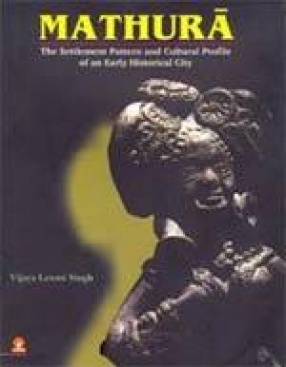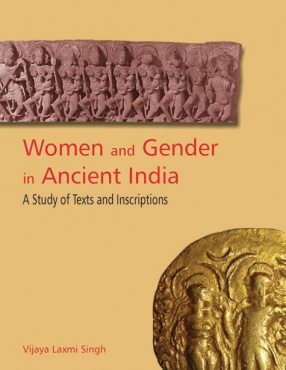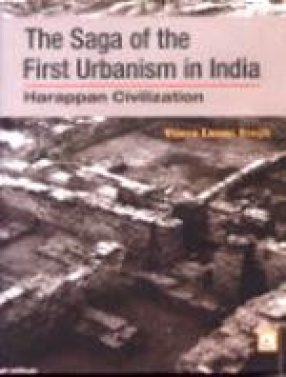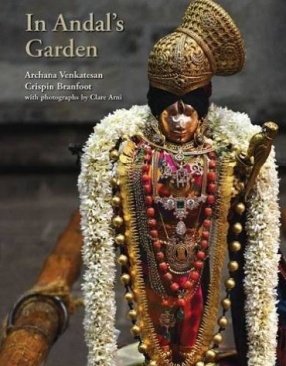Studies in Early Indian Urbanization, particularly with a view to examining the settlement pattern and social structure of an individual urban centre, are rare in South Asian Archeology. The present study has been undertaken to understand the special aspect of Mathura’s early growth and culture and its socio-political and economic history. Drawing on the archaeological studies and also on the text and inscriptions, it explores the character of Mathura as a city. The author has charted the development of the settlement pattern in Mathura region in this book. It covers the period from sixth century BC up to the end of the Gupta period. It also reflects the changing perspectives, methodologies and approaches to the study of an early Indian urban centre. The evidence for an early economy has been provided by archaeological excavations. This combined with literary evidence suggests that Mathura can be seen as an important variant in the typology of early historical urban centres, primarily because of the wealth of its art and epigraphic material. The study shows that the settlements were usually adjacent to river courses in the PGW and NBP periods, but in the Sunga and the Saka Kusana periods several sites were not near any natural water source, indicating that with the development of technology, site location may be based on factors other than topography and environment.
Women and Gender in Ancient Inida: A Study of Texts and Inscriptions
Subordination of women is a ...
$74.70
$83.00







There are no reviews yet.